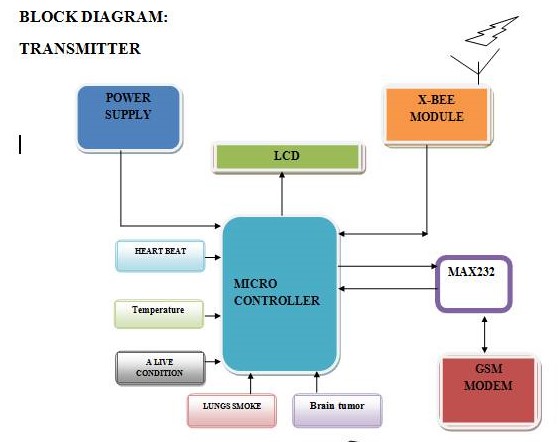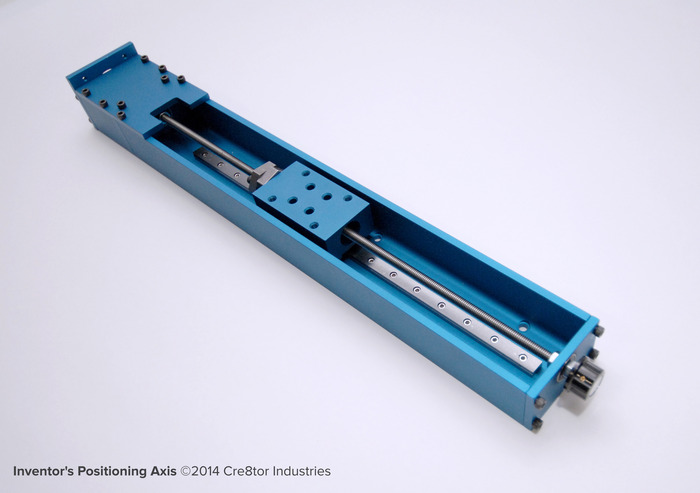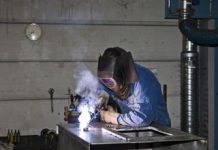QUALITY CONTROL

The term quality of product in production processes implies the best for the money invested and does not necessarily mean the best. Therefore quality of the product is the relative term and generally explained with reference to the end use of a product. A product can be referred to be of good quality if it works very well and perform good function in a particular situation for which it is meant or designed while in other situation it may not work well and it is said to be of bad quality. The word control means regulation, which further implies observations and manipulation. It suggests when to inspect, how often to inspect and how much to inspect. The basic philosophy of quality control is both preventive and remedial.
Quality control strategy sometime identifies the important check measures and implements them to check so that the defective items are not produced at all. When rejection of products
is increasing, some immediate corrective action should be evolved and taken suitably to prevent further recurrence of product rejection of parts. Therefore well-planned inspection will act to be an important tool of controlling quality of products. It checks the products at specified stages while quality control attempts to bring the variable factors of manufacturing under control for achieving the total product specification for meeting customary demands to the maximum possible extent.
Stastical Quality Control
Full inspection of the finished product by usual inspection devices is time consuming and costly. Also in a continuous production process 100% inspection may not be found practicable.
Certain statistical techniques have been formulated to evaluate materials, processes and products by observing capabilities and trends in variations so that continual analysis predictions may be made to control the desired quality level of the part. These statistical techniques are called statistical quality control techniques. These techniques are
1. Control charts for measurable quality characteristics. These are described as charts for variables, or as charts for X and R (average and range) and charts for average and standard deviation.
2. Control chart for fraction defective. This is described as the p chart.
3. Control chart for number of defects per unit. This is described as p chart.
Control Charts
Control charts are commonly used in quality control in industries to maintain a continuous evaluation of the manufacturing process. Control chart is simply a frequency distribution of the observed values plotted as points in order of occurrence so that each value has its own identity relative to the time of observation. Points on the control charts may or may not be connected. The chart is provided with limit lines, called control limits, having, in general, one upper control limit and one lower control limit. A process is said to be in control if the observed values are influenced only by chance causes fall within the limits and out of control when assignable causes seem to be operating in the system and the observed value fall outside the limits. It is important that the control limits of the control charts do not represent the performance limit or limits of the manufacturing process nor do these represent the specification limits of the manufacturing drawing of the part. The performance limits of the manufacturing process of the part are the limiting dimensions within which practically all parts fall. If the distribution is normal or near normal, there are three sigma limits of the total distribution in both side and three sigma limits forms the basis of quality control.
However, points which fall outside of the control limits do not represent rejected item only signal that some corrective action is essential to check the manufacturing function and hence may lead to control the whole processing process for avoiding wastage involved in rejection of the items. Source from a textbook of manufacturing processes and workshop technology be Rajender Singh.












